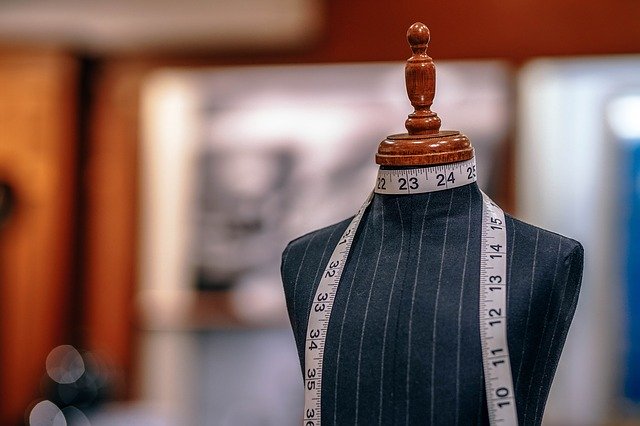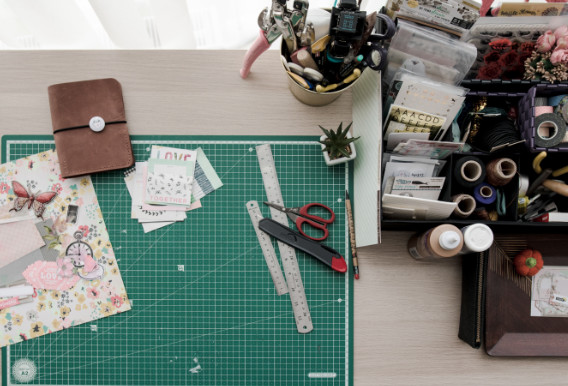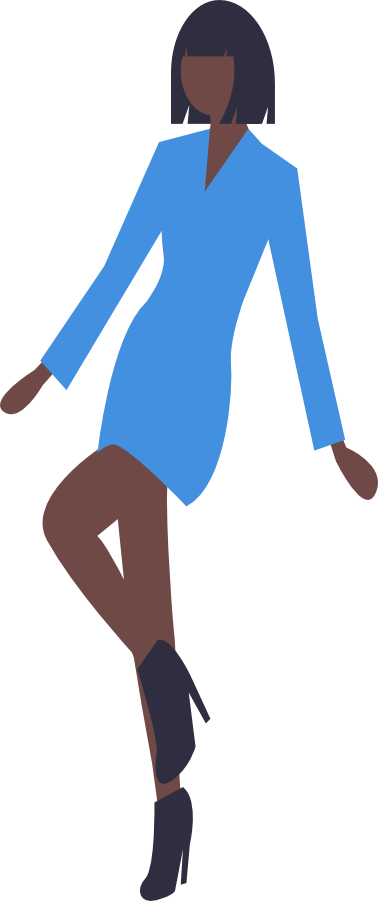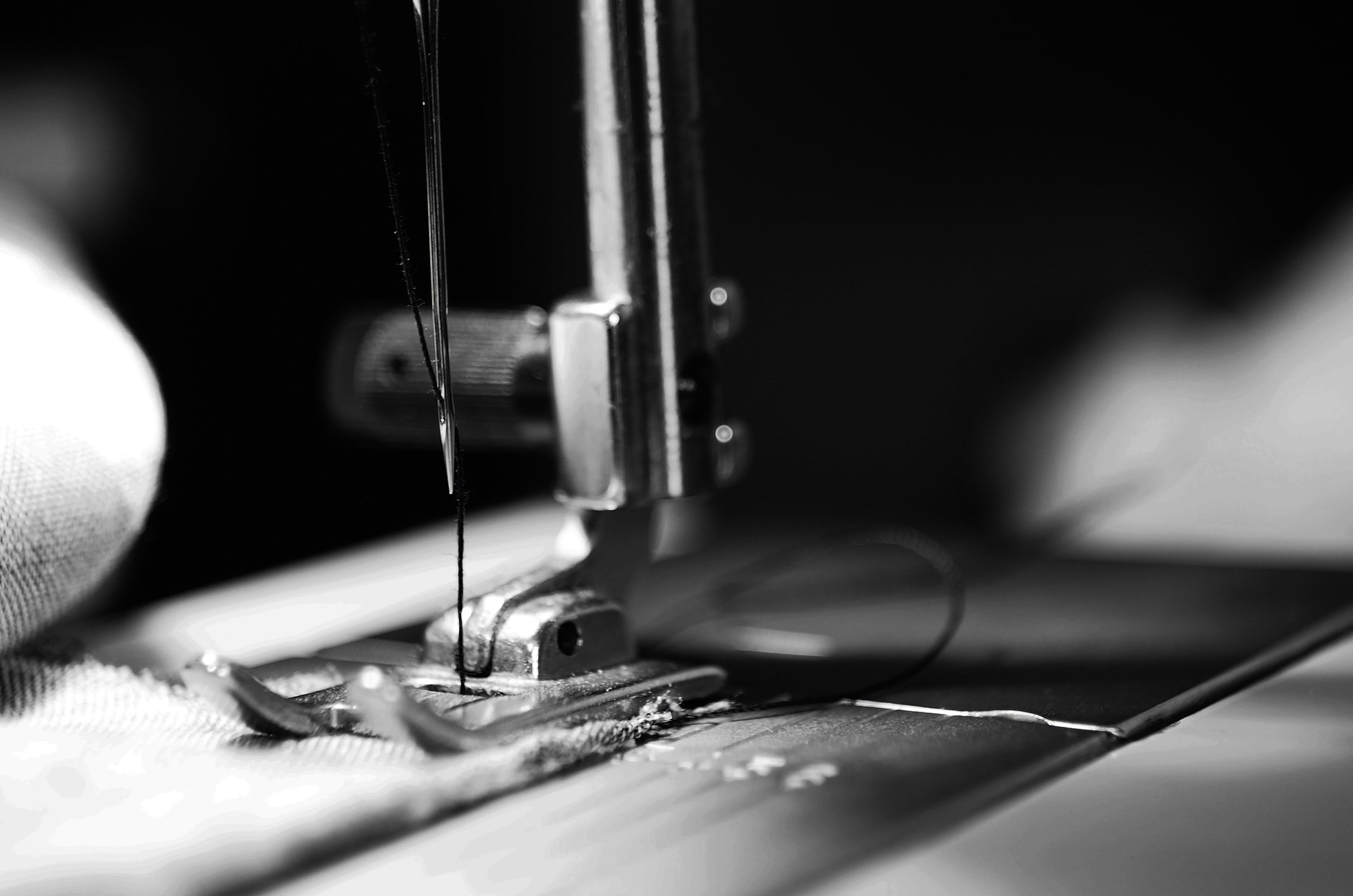hidden
Learn
Fashion design, Fashion illustration, Fashion marketing
Learn
More

We are training individuals to
Become a highly specialized expert in fashion
Talented or not, we train you to become a highly specialized expert and life-long enterprising professional, capable of critical thinking, problem solving, market analysis, and possess the business acumen to serve not only fashion houses, but also create your own brand, and develop your unique creativity.
Learn Moreheading
We follow, convey, and promote the essence, principles, and a concept of Fashion Design translated by the research of beauty, harmony, elegance, perfection, and uniqueness
Entry Requirements
Libelt Institute believes you are new to the world of fashion. We are ready to help you through each process of making you become a fashion entrepreneur. Students should be ready for a vigorous schedule instructions and assignment schedules… Potential students are therefore strongly advised to be ready to commit fully to a highly demanding course outline.
- Students Must be prepared to pass an attitude test and must be disciplined.Students should be present at all class activities and be prepared to commit intensive learning.
- The recognized equivalent of a high school certificate, such as General Education Development or GED certificate.
- Completed homeschooling at the secondary level
- Applicant must be 18 years of age or older. In case of a high school graduation under the age of 18, a parent or legal guardian is required to co-sign the enrollment agreement
- A high school certificate (this can be from a foreign school if its equivalent to a WASSCE certificate).
Fees
Buy a form from our Dansoman Campus, near the Wesley Grammar bus-stop for ¢60.0, fill and present with required documents and a passport picture. Quarter enrollments open for December, March, June and September each year.
1 year course
¢4200
1 yearPay initial ¢2,200 before u start and the balance of ¢2,000 in the 3rd month of school
- 3 days a week
- Mondays, Wednesdays, Fridays
- Morning: 9AM - 1PM
- Afternoon: 2PM-6PM
- Evening: 6:30PM-9PM
- Weekend - Saturday: 10AM-6PM
Class Schedules:
6 months course
¢4500
6 monthsPay initial ¢2,500 before u start and the balance of ¢2,000 in the 3rd month of school
- 5 days a week
- Mondays, Tuesdays, Wednesdays, Thursdays, Fridays
- Morning: 9AM - 1PM
- Afternoon: 2PM-6PM
- Evening: 6:30PM-9PM
- Weekend - Saturday: 10AM-6PM
Class Schedules:
Graduation
¢700 - ¢1000
depending on estimate- Graduation is compulsory for all students and students will be informed in advance. Fees are not Refundable.
- complete entire course
- participate in graduate internship
- complete all project works and submit them on time
Requirements for graduation:
Courses

Fashion Design Course
Learn the basic tools, equipments and notions used in garment construction and manufacturing
Learn the basic techniques of garment construction, create samples and learn
to differentiate between good and poor quality in terms of construction.
Introduction to the tools necessary for calculating specific body measurement,
core terminology and cutting techniques enabling them to add seams, fullness, pleats,
gathers and functional details.
Working to a design brief, students are required to explore
and collect research material to develop design ideas which form the basis of experimental
toiles.
Develop knowledge of basic pattern cutting skills focusing on the bodice,
pattern production and use of terminology, learning how to join bodice drafts to skirts and
how to add ‘fit’ to a garment.
Work to a set brief requiring you to demonstrate
development through initial research, design, experimentation and final garment. The course
involves guided studio work and self-guided independent study.
Students will also be help to understand fabrics, their individual characteristics and their
relevance in the fashion design process. Students will be required to make garments in
several textures from the light and delicate chiffons to the silky smooth satins.

Fashion Illustration
Students are introduced to the basic methods and techniques used for ocular
expression and communication within the design environment. Working through
a combination of close tutor guidance and independent study, they explore mixed
media, developing basic skills in drawing and colour theory.
Based on a given design brief students investigate, explore, interpret and visualize
various words, which you articulate as texture, marks and pattern. By the end of the
course students have developed your aesthetic sensibilities along with a theoretical
understanding of the fashion design process.
The students also learn to show the garment and body to its advantage. By
learning different media, students are be able to develop their creativity and
illustration skills as the human figure takes on unique and exaggerated
proportions in the art of fashion illustration.

Fashion Marketing
Students gain a broad understanding of the fashion industry and the different
contexts in which it sits. Students also gain good understanding of the structure
of the industry and the way that fashion works. This provides students with a
good foundation on which to build deeper specialist knowledge as you move
through the fashion program.
Students learn how to explore the business of fashion through investigation,
observation and gathering of materials. They learn to question, discuss, and
argue about current fashion business issues and to put forward ideas and
information in presentations and written work. Students are thought how to know
what is happening at the forefront of fashion, and to think about the future for
fashion.
Students explore the concept of fashion marketing and gain knowledge of the
fashion product, fashion consumer and fashion marketplace. In this, introduction
to fashion marketing, students learn the basic marketing research skills, tools
and methodologies, which will enable them to start to research and identify the
marketing strategies of contemporary fashion companies. Short assignments and
guidance from the tutor; strengthen their own exploration and understanding of
fashion marketing.
Students also explore Brand Strategy; understanding how contemporary fashion
brands use it to create a unique personality, generate appeal and generally
develop a ‘desirability factor’ for potential consumers. This course deepens the
understanding of the complexity of brands and branding, from conception and
development, thorough to the management and marketing of the end products.
This course also covers the development of values and ethics required to
develop successful brands, as well as creation of identity, revitalization and
extension strategies.
Students explore the implications of changing environments for fashion
consumers and fashion brands, and employ creative thinking, innovative problem
solving and applied skills and methodologies to investigate and develop
appropriate solutions to brands strategies.
The course helps students understand the processes involved in business
start-ups, helping them create their own business plans and understanding what
running a unit will involve.
Dansoman Campus
Libelt Institute, Accra
A 443/19 Akweibu Road Near Wesley Grammar Sch Junction, Dansoman
Phone 1: +233244589056
Mon-Fri: 8am to 5pm
Let's Get In Touch
hidden
© 2020 Libelt Institute. Made With Love By Zaria






